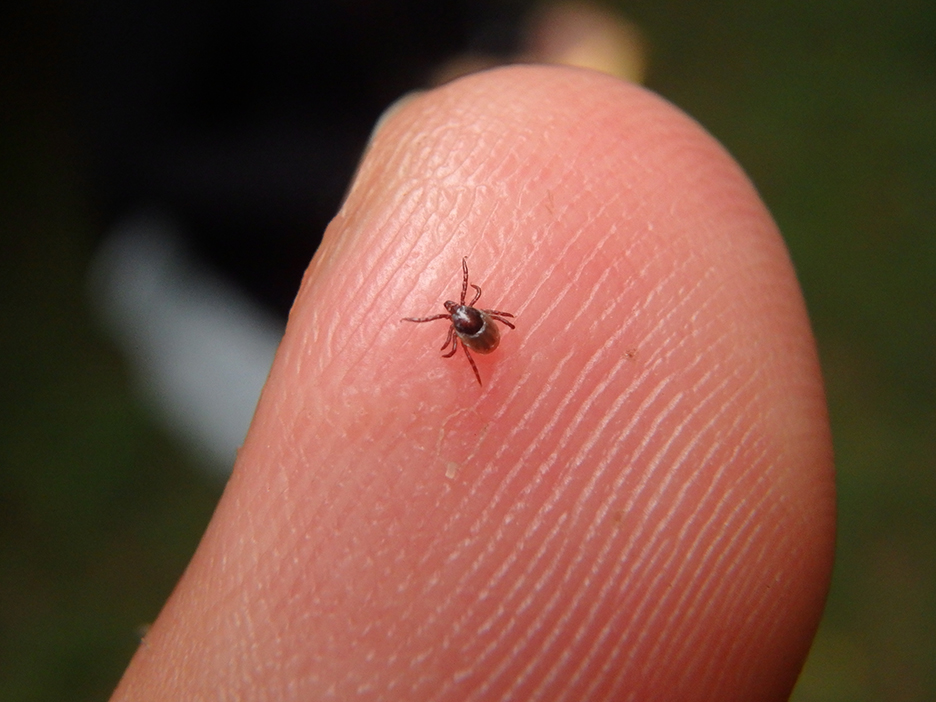No one likes insect bites, but escaping bites from the little arachnids known as ticks may be much harder than anticipated. We are essentially walking tick magnets.
A recent article in Cell.com showed how electrostatic charges attract ticks onto their host. Without any effort, the tiny blood-sucking creatures are pulled across air gaps and go whizzing onto their unsuspecting host.
All animals, including humans, carry an electrostatic charge. Humans can see this when they rub their hair against a balloon or bounce on a trampoline. Just as easily as we can build up this charge, so can other animals.
Static charges are surprisingly high
“This also happens to animals in nature when they rub against objects in their environment like grass, sand, or other animals,” said biologist Sam England. “These charges are surprisingly high and can be equivalent to hundreds if not thousands of volts — more than you get out of your plug sockets at home!”
England told The New York Times, “We had quite a few nice afternoons of frolicking around forests with bedsheets. Just dragging them, picking up the ticks.”
Back in the lab, the experiments began.
When looking for their next blood feed, ticks stand on top of grass that is grounded. Their electrical charge passes to the earth. Researchers mimicked this by placing them on a grounding plate. Then they passed multiple objects over the top of them, all with a charge running through them, and watched what happened.
They used electrodes and rabbit fur, both with a voltage of 750V -– which is similar to a mammal’s static charge. As the objects moved a few millimeters above the ticks, the tiny creatures were pulled through the air gap onto the charged object.
When the charge was increased to 30 kilovolts, the tick could be pulled onto the object from several centimeters away. The team stated that this type of charge is theoretically possible in humans, though it it at the upper limit of what we might generate.
A unique quirk
What makes this even more unusual is that the ticks are attracted to both positive and negative charges. Usually, the attraction would only happen between opposite charges, but the ticks seem to be polarized. The positive and negative charges in their bodies separate, so they can be pulled onto both positively and negatively charged species. Scientists have no idea how this happens.
The team thinks that since these charges affect ticks, other small parasitic creatures, such as fleas and mites, might use a static electricity boost as well. Though this this invisible force of attraction may seem like a bad thing for those who love the outdoors, it has opened an avenue to develop anti-static technology to deter the parasites.
The next stage of the research is to discover whether the ticks can actually detect electrostatic charges of their potential hosts, or if this is a completely passive process.






